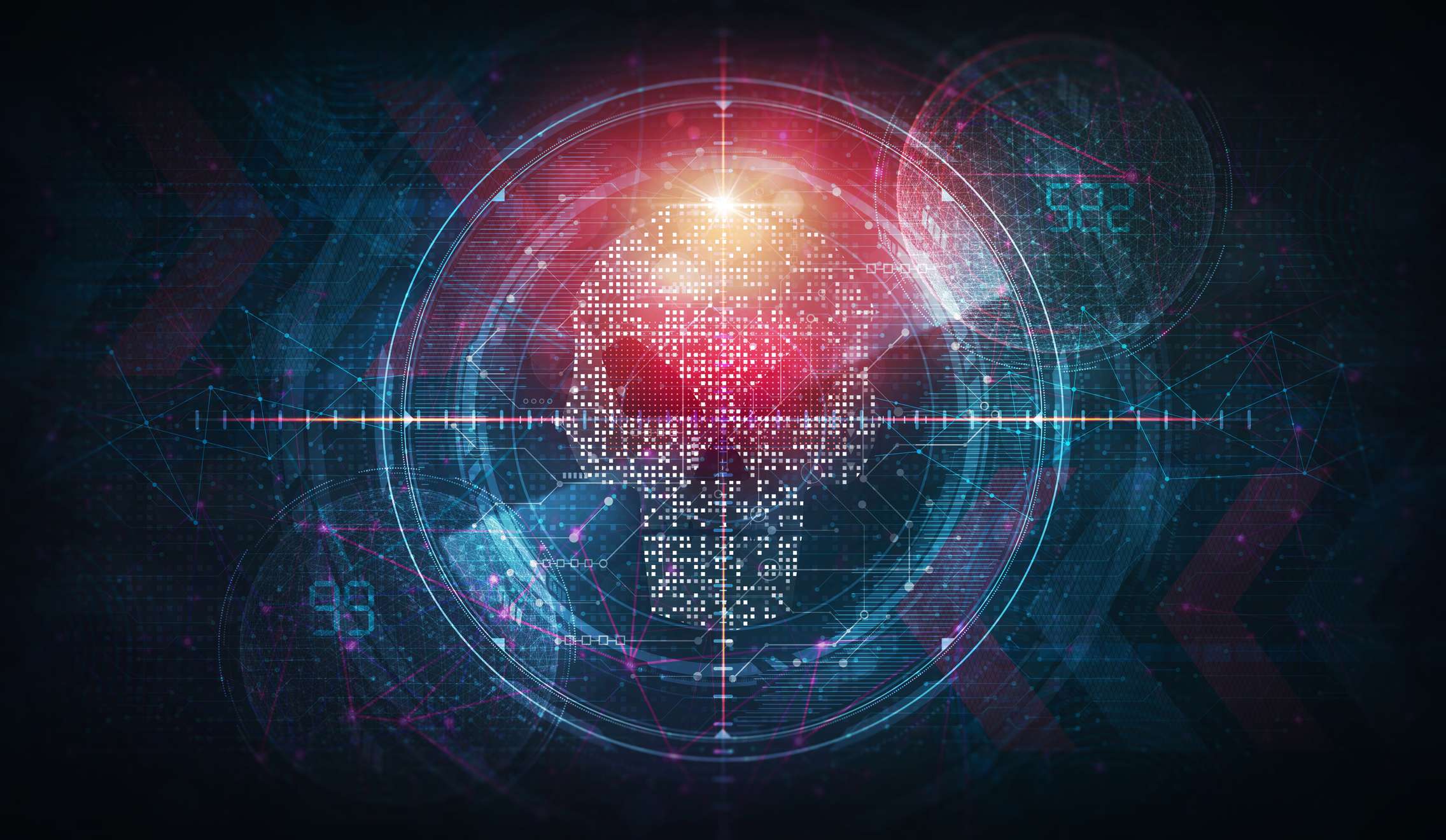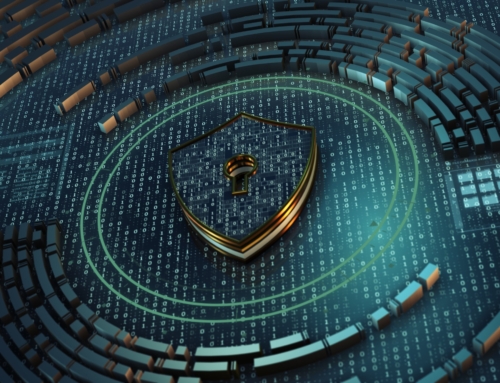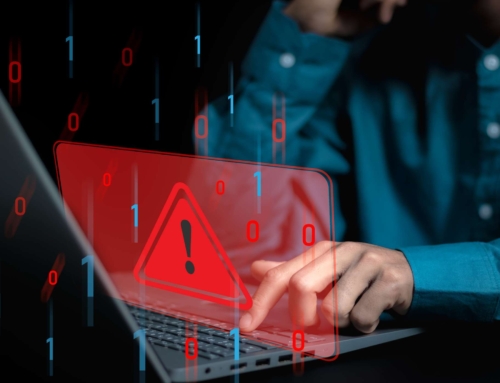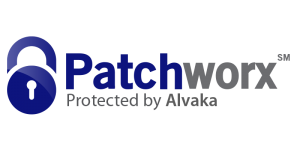Ransomware Vulnerabilities in Legacy IT Systems
Opening Statement on Ransomware Threat Landscape
Legacy system ransomware vulnerabilities have become increasingly prominent as cybercriminals continue to target essential services and businesses. The past years have seen a surge in cyber-attacks, many of which have crippled organizations that rely on legacy systems. It’s essential for businesses, specifically those in sectors like healthcare, finance, and public services, to understand the gravity of the situation and to take proactive steps towards securing their digital infrastructure.
Understanding Legacy Systems and Their Importance
Legacy systems are integral to the operations of many enterprises. These systems, often outdated, remain in use because they continue to meet certain business requirements that newer technology has not yet addressed. In addition, many of these systems run on software that was designed before cybersecurity became a critical concern, which is why they persist as a part of the IT landscape in critical sectors. The reasons for an organization’s reliance on these technologies can range from financial constraints to the complexity of migrating to newer systems, but it is clear that such dependencies can create security vulnerabilities that need to be addressed.
The Risks Associated With Legacy Systems
The inherent security weaknesses of legacy systems expose organizations to significant risks, particularly to ransomware attacks. Numerous cybersecurity reports have underscored how these systems can lack the necessary defenses to ward off modern cyber threats. We at Alvaka are acutely aware of the consequences that follow when these vulnerabilities are exploited by malicious actors. Hence, we emphasize the critical nature of remediation strategies to negate the potential for any damaging breaches.
Legacy Systems: A Gateway for Ransomware
In our fast-evolving cyber ecosystem, legacy system ransomware vulnerabilities constitute a pressing concern for IT management and network services. As providers of comprehensive solutions, we at Alvaka are conscious of how these outdated infrastructures serve as low-hanging fruits for cyber adversaries. Legacy systems predominantly suffer from an absence of timely updates and patches, which critically exposes them to ransomware attacks.
Through extensive assessment, cybersecurity firms have consistently unmasked the frailties in these antiquated platforms. In their research, patterns emerge pointing to common vulnerabilities such as unsupported software, weak encryption, and the absence of multi-factor authentication—each a potential ingress for malign intent. Within our own audit processes, we’ve observed how these security gaps can be leveraged by threat actors to carry out data hijacking with disturbing ease.
The Compound Effect of Inadequate Security Measures
Our investigation into the fortification of legacy systems reveals a stark reality. Despite the escalating threat landscape, some of these systems are bereft of vital security features like anomaly detection, intrusion prevention systems, or automated response mechanisms. This deficiency propagates an environment where advanced threats are not just possible, but likely.
Insights from industry experts and case studies elucidate a grim narrative—when legacy systems falter under the strain of ransomware, the fallout is multidimensional. Operational disruption, financial loss, and reputational damage cascade forth, underlining the imperative for a fortified defense. Here, we underscore the necessity to not only feature robust firewalls and anti-malware solutions but also ensure regular system assessments and user education to mitigate risk.
- Assess and upgrade outdated systems regularly to reduce exposure to threats.
- Implement strategic security layers to detect and respond to ransomware activities promptly.
- Empower teams with ransomware awareness and response training to recognize and address incidents effectively.
Our commitment at Alvaka is to confront this reality head-on, transforming potential vulnerabilities into validated strengths. With a forward-thinking approach to IT management, we ensure that every aspect of a legacy system is scrutinized for exposure and fortified with cutting-edge protective measures. After all, the resilience of an organization’s network infrastructure is foundational to its undisturbed operation and long-term success. Our proactive stance on addressing legacy system ransomware vulnerabilities is not merely a service—it’s a pledge to secure the digital bastions of the businesses that entrust us with their IT needs.
Did you know? Legacy systems can increase ransomware risks, as they often miss crucial security updates, making them prime targets for cyberattacks.
Concluding Thoughts on Legacy System Ransomware Vulnerabilities
In navigating the challenging terrain of cybersecurity, the phrase “legacy system ransomware vulnerabilities” not only serves as a significant cautionary touchstone but also encapsulates a crucial responsibility we hold. As custodians of our clients’ digital well-being, we, at Alvaka, understand the complexities of IT management, including the urgent need to address these vulnerabilities. The conversation surrounding legacy systems and their proclivity for exploitation cannot be overstated. We recognize that these entrenched technologies form the backbone of many critical operations, yet their obsolescence poses a clear and present danger.
The Steps Forward for Fortifying Legacy Systems
Fortification against ransomware is not a single action but a series of strategic and decisive steps. We must take these steps to safeguard the operational continuity of businesses entrusted to our care. It begins with a comprehensive assessment of existing systems, identifying potential chinks in the digital armor where ransomware could gain a foothold. This demands a thorough understanding of the specific legacy system ransomware vulnerabilities at play. Subsequently, the deployment of tailored security solutions that bridge the gaps in these older systems is imperative.
Alvaka’s Commitment to Ransomware Prevention and Recovery
To steer clear of the dire consequences that accompany security breaches, we extend our proactive measures beyond mere prevention. Our commitment encompasses a robust ransomware recovery strategy, ensuring that businesses can rise from the unfortunate event of an attack with minimal damage. It’s a commitment anchored not just in advanced technological solutions, but also in an ethos of resilience and preparedness.
Mitigating Risks with Strategic Upgrading and Education
Mitigating risks associated with legacy system ransomware vulnerabilities requires a forward-looking perspective, one that encourages strategic upgrading and continuous education. This is a journey that involves close collaboration with our clients, guiding them through the intricate process of modernization and the exploration of cutting-edge alternatives that offer enhanced security. Nurturing a culture of awareness and understanding within organizations is equally essential—educating teams on the nuances of cyber threats ensures that every stakeholder becomes a proactive guardian against ransomware.
Ready to Strengthen Your Defenses?
At Alvaka, we stand ready to fortify your business against the looming specter of ransomware. In partnership with you, we’ll harness our expertise to transform legacy system ransomware vulnerabilities from a point of weakness into a testimonial of strength and resilience. It’s time to turn the tide on ransomware, and together, we can forge a path to a more secure digital future. Reach out to us, and let’s craft a defense that not only guards against today’s threats but also anticipates the challenges of tomorrow.
Your Ally in Navigating the Threat Landscape
We invite you to ransomware recovery with Alvaka—your ally in the ever-evolving battle against cyber threats. With us, your journey toward enhanced IT security isn’t a solitary one; it’s a shared mission underpinned by the promise of excellence, vigilance, and unwavering support. Begin this vital conversation with us and explore the possibilities of a resilient, ransomware-resistant future.
FAQ
What is the current state of ransomware attacks on businesses? ▼
Ransomware attacks have been on the rise, posing significant threats to organizations of all sizes. These attacks disrupt operations and can lead to substantial financial losses, making it imperative for businesses to strengthen their cybersecurity measures to mitigate such incidents.
Why are legacy systems particularly vulnerable to ransomware? ▼
Legacy systems are often prime targets for ransomware because they may not receive regular updates or patches, which leaves them exposed to known vulnerabilities that attackers can exploit. Consequently, these systems can provide easy entry points for cybercriminals.
What are legacy systems and why do some organizations continue to use them? ▼
Legacy systems are outdated computing software and hardware that are still in use, typically because they support critical business functions. Organizations may continue using them due to budget constraints, compatibility issues, or the complexity of migrating to newer systems.
What inherent risks are associated with the use of legacy systems? ▼
Using legacy systems can pose numerous risks, including increased susceptibility to cyberattacks, system failures, and incompatibility with modern security solutions. Therefore, relying on these systems can significantly jeopardize an organization’s cybersecurity posture.
How can outdated systems become a gateway for ransomware? ▼
Outdated systems often lack the necessary security updates to defend against current threats. As a result, cybercriminals can exploit these vulnerabilities to gain unauthorized access and deploy ransomware, making it essential to keep systems up to date.
What security features are legacy systems typically missing? ▼
Legacy systems commonly lack advanced security features such as multi-factor authentication, end-to-end encryption, and real-time threat detection, which are crucial for defending against sophisticated cyber threats.
Can you provide examples of how inadequate security measures have affected businesses? ▼
Certainly, there have been several high-profile incidents where businesses with inadequate security measures on legacy systems suffered major breaches. These cases often lead to severe data loss, reputational damage, and costly downtime as a result of ransomware attacks.
How often should organizations update their systems to protect against ransomware? ▼
Organizations should strive to update their systems as frequently as updates are made available. Regularly scheduled updates, including security patches, are critical for protecting against the latest ransomware threats and vulnerabilities.
What steps can organizations take to secure their legacy systems against ransomware attacks? ▼
To secure legacy systems, organizations should conduct regular security assessments, implement strong access controls, ensure timely application of patches, and consider network segmentation. Furthermore, investing in modern cybersecurity solutions and creating robust backup strategies are also advisable.
Is it necessary for businesses to completely replace legacy systems to ensure security? ▼
While replacing legacy systems is often the best long-term solution for security, it may not always be immediately feasible. In such cases, applying additional layers of security, monitoring systems closely, and using other compensating controls can mitigate the risk of ransomware attacks.








 Smoke testing is a term used to describe the testing process for servers after patches are applied.
Smoke testing is a term used to describe the testing process for servers after patches are applied.  This is a basic cost calculator for you to compute your typical monthly cost for patching your servers, PCs, laptops, tablets and associated application software. It also forms the basis for you to begin calculating your Return on Investment for software patching, or for comparison with alternatives to the manual process of patching operating systems and application software—such as Patch Management as a Service, also known as Vulnerability Management as a Service.
This is a basic cost calculator for you to compute your typical monthly cost for patching your servers, PCs, laptops, tablets and associated application software. It also forms the basis for you to begin calculating your Return on Investment for software patching, or for comparison with alternatives to the manual process of patching operating systems and application software—such as Patch Management as a Service, also known as Vulnerability Management as a Service.